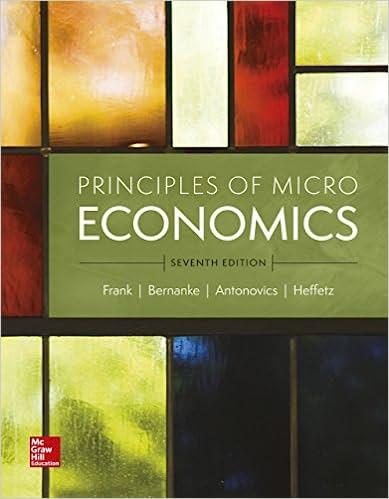
To what extent have multinationals from mainland China competed successfully in different international markets, and which major factors explain these achievements and shortcomings? For this questions, whenever relevant and insightful, you are encouraged to make cross-industry and cross-country comparisons amongst Asia Pacific multinationals, and to employ lessons from international business theory and research. Consider therefore a number of perspectives, including: 1 the aims of multinationals and international business strategies; 2 major differences between industries and types of business; 3 the degree of global versus regional control, and changes in operational control over time; 4 the competitive advantages or capabilities of multinationals compared to those of rivals; 5 variations in management, organization, and operations between home country and host nations; 6 the comparative abilities of Asia Pacific multinationals to compete in various international locations, and their ability to adapt to changes in policy and markets; 7 the policies of home and host governments, and their very different effects. Example of Analysis and Structure for Assignment 2 1. What is the question, and how do you provide a precise answer? What is your overall response, and then what analytical structure will you adopt to substantiate your stated view? 2. When did the case/firm/industry move towards FDI? Where did the investment go? Are there differences in FDI histories or patterns with other industries or countries? How and when did a firm become an MNE or TNC? Why did firms decide to become multinationals? What therefore was their strategy or motivation? Entry mode? Are differences in strategy and capabilities because of timing of FDI, because manufacturers are unlike services, or because multinationals come from different countries? To what extent are choices and decisions related to existing FDI theories and approaches? Have selected firms, industries or nations been market, efficiency, resource or asset seeking? Are there different patterns in the timing. location, strategy and entry mode of multinationals from different nations? 3. How did MNEs, once they have decided to 'multinational-ize', succeed as multinationals? What O advantages, capabilities or resources did they possess to succeed, or what advantages, capabilities or resources did they need to acquire or develop when 'multinational-izing"? Does the case fit the OLI or the LLL framework better? (a) Production and operations? Management of global production chains, or SCM? (b) RED, innovation? (c) Brand, design, product, and marketing? Distribution networks or relations? (d) Management skills and experience? Human resource management skills, training? (e) Building external networks and client relations, in host economies, as in service industry? (f) Access to resources such as finance and capital? Or key supplies








